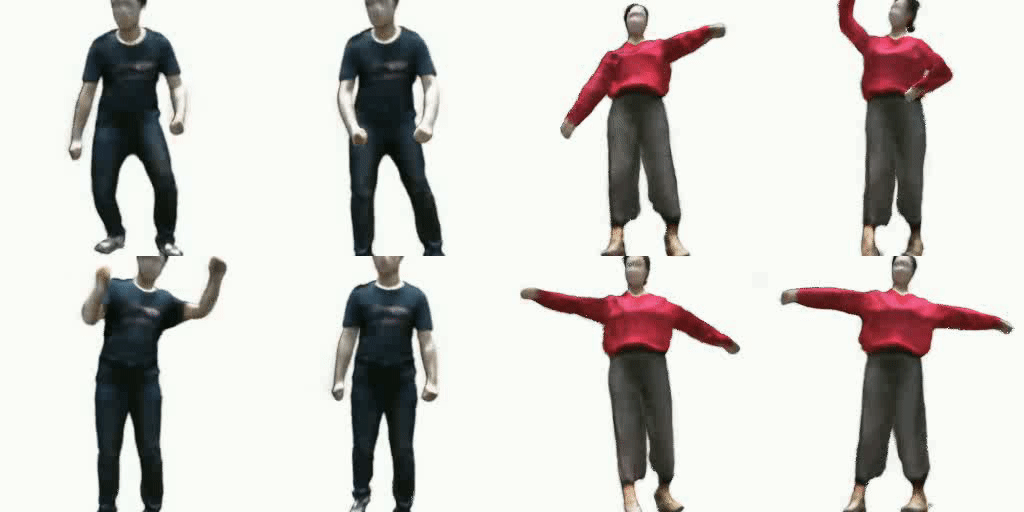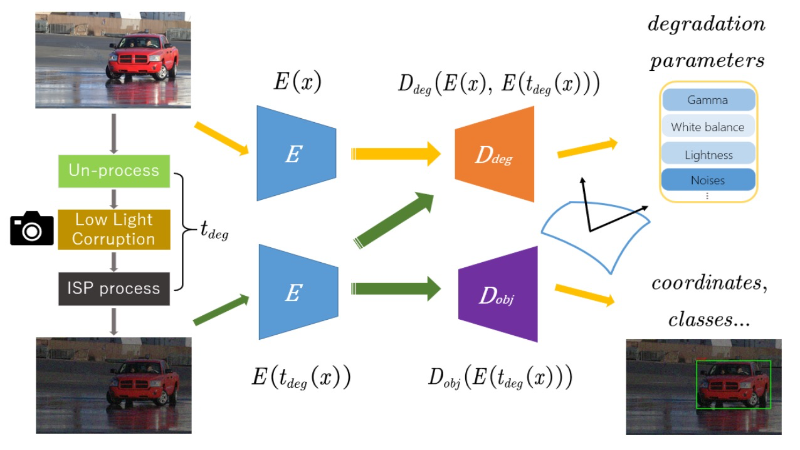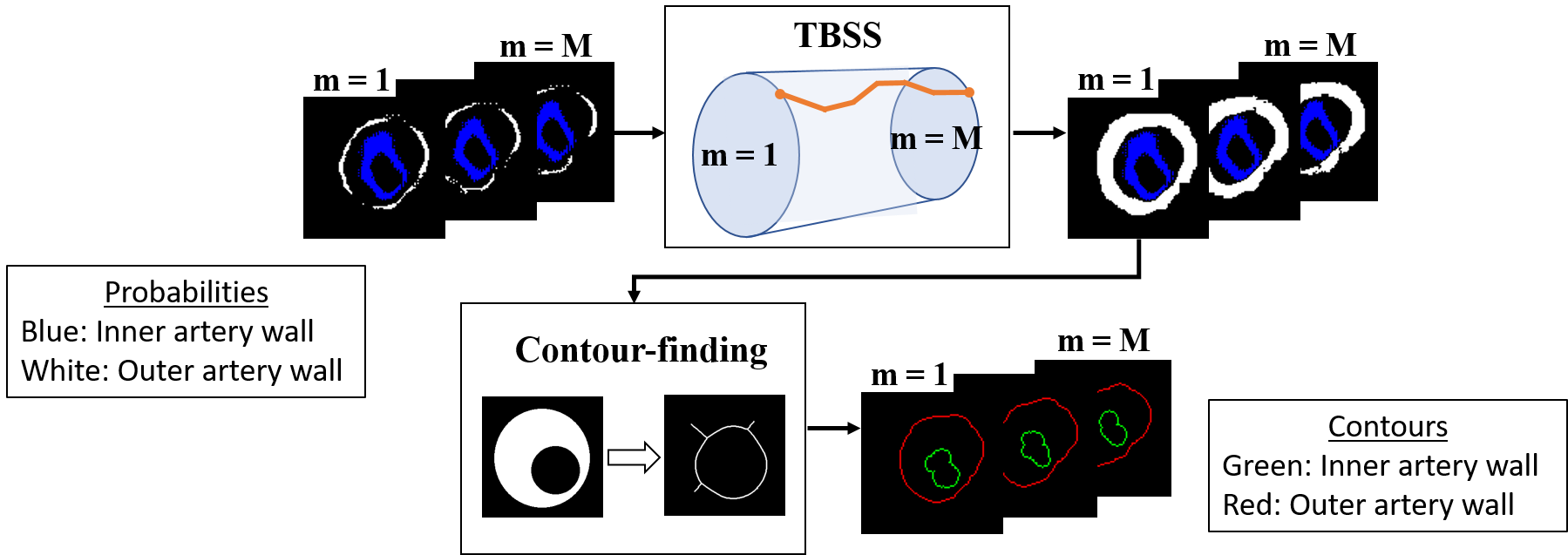Abstracts of papers published in 2021
ICCV 2021
Neural Articulated Radiance Field
Atsuhiro Noguchi, Xiao Sun, Stephen Lin, Tatsuya Harada
 We present Neural Articulated Radiance Field (NARF), a novel deformable 3D representation for articulated objects learned from images. While recent advances in 3D implicit representation have made it possible to learn models
of complex objects, learning pose-controllable representations of articulated objects remains a challenge, as current methods require 3D shape supervision and are unable to render appearance. In formulating an implicit representation of 3D articulated objects, our method considers only
the rigid transformation of the most relevant object part in solving for the radiance field at each 3D location. In this way, the proposed method represents pose-dependent changes without significantly increasing the computational
complexity. NARF is fully differentiable and can be trained from images with pose annotations. Moreover, through the use of an autoencoder, it can learn appearance variations over multiple instances of an object class. Experiments
show that the proposed method is efficient and can generalize well to novel poses.
We present Neural Articulated Radiance Field (NARF), a novel deformable 3D representation for articulated objects learned from images. While recent advances in 3D implicit representation have made it possible to learn models
of complex objects, learning pose-controllable representations of articulated objects remains a challenge, as current methods require 3D shape supervision and are unable to render appearance. In formulating an implicit representation of 3D articulated objects, our method considers only
the rigid transformation of the most relevant object part in solving for the radiance field at each 3D location. In this way, the proposed method represents pose-dependent changes without significantly increasing the computational
complexity. NARF is fully differentiable and can be trained from images with pose annotations. Moreover, through the use of an autoencoder, it can learn appearance variations over multiple instances of an object class. Experiments
show that the proposed method is efficient and can generalize well to novel poses.
(PDF)
(CODE)
Multitask AET With Orthogonal Tangent Regularity for Dark Object Detection
Ziteng Cui, Guo-Jun Qi, Lin Gu, Shaodi You, Zenghui Zhang, Tatsuya Harada
 Dark environment becomes a challenge for computer vision algorithms owing to insufficient photons and undesirable noise. To enhance object detection in a dark
environment, we propose a novel multitask auto encoding transformation (MAET) model which is able to explore the intrinsic pattern behind illumination translation.
In a self-supervision manner, the MAET learns the intrinsic visual structure by encoding and decoding the realistic illumination-degrading transformation considering
the physical noise model and image signal processing (ISP). Based on this representation, we achieve the object detection task by decoding the bounding box coordinates and classes. To avoid the over-entanglement of
two tasks, our MAET disentangles the object and degrading features by imposing an orthogonal tangent regularity. This forms a parametric manifold along which multitask predictions can be geometrically formulated by maximizing the orthogonality between the tangents along the
outputs of respective tasks. Our framework can be implemented based on the mainstream object detection architecture and directly trained end-to-end using normal
target detection datasets, such as VOC and COCO. We have achieved the state-of-the-art performance using synthetic and real-world datasets
Dark environment becomes a challenge for computer vision algorithms owing to insufficient photons and undesirable noise. To enhance object detection in a dark
environment, we propose a novel multitask auto encoding transformation (MAET) model which is able to explore the intrinsic pattern behind illumination translation.
In a self-supervision manner, the MAET learns the intrinsic visual structure by encoding and decoding the realistic illumination-degrading transformation considering
the physical noise model and image signal processing (ISP). Based on this representation, we achieve the object detection task by decoding the bounding box coordinates and classes. To avoid the over-entanglement of
two tasks, our MAET disentangles the object and degrading features by imposing an orthogonal tangent regularity. This forms a parametric manifold along which multitask predictions can be geometrically formulated by maximizing the orthogonality between the tangents along the
outputs of respective tasks. Our framework can be implemented based on the mainstream object detection architecture and directly trained end-to-end using normal
target detection datasets, such as VOC and COCO. We have achieved the state-of-the-art performance using synthetic and real-world datasets
(PDF)
(CODE)
ISBI 2021
Beam stack search-based reconstruction of unhealthy coronary artery wall segmentations in CCTA-CPR scans
Antonio Tejero-de-Pablos, Hiroaki Yamane, Yusuke Kurose, Junichi Iho, Youji Tokunaga, Makoto Horie, Keisuke Nishizawa, Yusaku Hayashi, Yasushi Koyama, Tatsuya Harada
 The estimation of the coronary artery wall boundaries in CCTA scans is a costly but essential task in the diagnosis of cardiac diseases. To automatize this task, deep learning-based image segmentation methods are commonly used.
However, in the case of coronary artery wall, even state-of-the-art segmentation methods fail to produce an accurate boundary in the presence of plaques and bifurcations.
Post-processing reconstruction methods have been proposed to further refine segmentation results, but when applying general-purpose reconstruction to artery wall segmentations, they fail to reproduce the wide variety of boundary shapes.
In this paper, we propose a novel method for reconstructing coronary artery wall segmentations, the Tube Beam Stack Search (TBSS).
By leveraging the voxel shape of adjacent slices in a CPR volume, our TBSS is capable of finding the most plausible path of the artery wall.
Similarly to the original Beam Stack Search, TBSS navigates along the voxel probabilities output by the segmentation method, reconstructing the inner and outer artery walls.
Finally, skeletonization is applied on the TBSS reconstructions to eliminate noise and produce more refined segmentations.
We evaluated our method on a dataset of coronary CT angiography with curved planar reconstruction (CCTA-CPR) of 92 arteries. Experimental results show that our method outperforms the state-of-the-art work in reconstruction.
(Paper)
The estimation of the coronary artery wall boundaries in CCTA scans is a costly but essential task in the diagnosis of cardiac diseases. To automatize this task, deep learning-based image segmentation methods are commonly used.
However, in the case of coronary artery wall, even state-of-the-art segmentation methods fail to produce an accurate boundary in the presence of plaques and bifurcations.
Post-processing reconstruction methods have been proposed to further refine segmentation results, but when applying general-purpose reconstruction to artery wall segmentations, they fail to reproduce the wide variety of boundary shapes.
In this paper, we propose a novel method for reconstructing coronary artery wall segmentations, the Tube Beam Stack Search (TBSS).
By leveraging the voxel shape of adjacent slices in a CPR volume, our TBSS is capable of finding the most plausible path of the artery wall.
Similarly to the original Beam Stack Search, TBSS navigates along the voxel probabilities output by the segmentation method, reconstructing the inner and outer artery walls.
Finally, skeletonization is applied on the TBSS reconstructions to eliminate noise and produce more refined segmentations.
We evaluated our method on a dataset of coronary CT angiography with curved planar reconstruction (CCTA-CPR) of 92 arteries. Experimental results show that our method outperforms the state-of-the-art work in reconstruction.
(Paper)